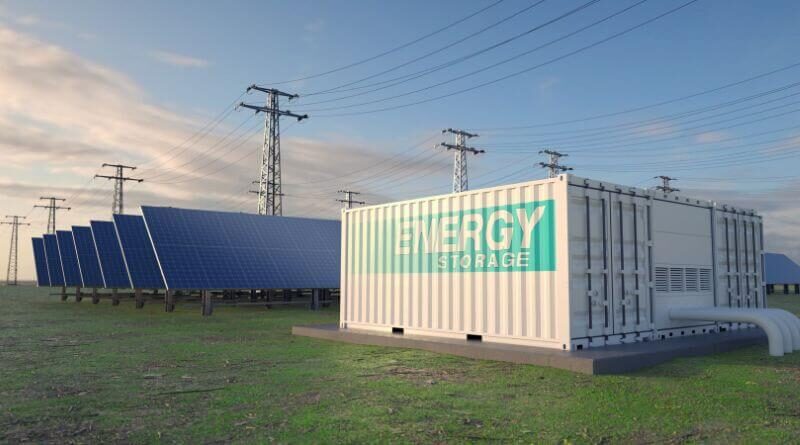Things you should know about solar energy storage
Photovoltaics is such a wonderful technological invention – it is environmentally friendly and helps people save on electricity bills. However, many people often point out one drawback solar panels have – electricity is produced only when the sun is shining. This is considered very impractical as the peak consumption is usually in the evenings. As it has been mentioned in the previous article on the benefits of solar energy storage, solar panels draw on excess energy during the day when demand is lower and the sun is shining to be able to cover higher demand later in the evening, so that an efficient energy storage seems the solution.
In this article, we explain how energy storage actually works and what the categories of these are.
How is energy stored?
Solar energy storage can be divided into three main categories: battery, thermal and mechanical.
Battery storage
Batteries are the most common way of storing solar energy. When energy from the sun is pumped into the battery, a chemical reaction between the components leads to storing energy in the battery. This reaction is reversed when the battery is discharged — it allows the electric current to get out of the battery.
Lithium-ion batteries are the most commonly used for solar systems. However, battery technology is expanding rapidly, promising cheaper and more scalable battery storage solutions. In fact, U.S. energy storage is expected to reach nearly 7.5 GW per year by 2025, a six-fold increase from the year 2020, representing a $7.3 billion market.
Thermal storage
Thermal energy storage makes a use of various substances, such as water or molten salt, to absorb and retain heat from the sun. This heated medium is stored in an insulated tank until energy is needed and consumed.
Mechanical energy storage
Just to make it clear, mechanical energy storage uses the potential energy of an object to produce electricity. Mechanical storage methods convert excess electricity into mechanical energy, which is converted back into electricity for later use.
We can distinguish three types of mechanical energy storage systems:
- Inertial/flywheel – this method uses excess electricity to spin the inertial, which generates electricity for a quick energy supply at times of the highest demand.
- Overpumping hydroelectric power station – in such a power station, water is pumped into a tank above the turbine generators. Water can flow through turbines and generate electricity at the time of high demand.
- Compressed air – this energy storage system works by pumping compressed air into large containers such as tanks. Air is released to generate electricity during peak demand.

